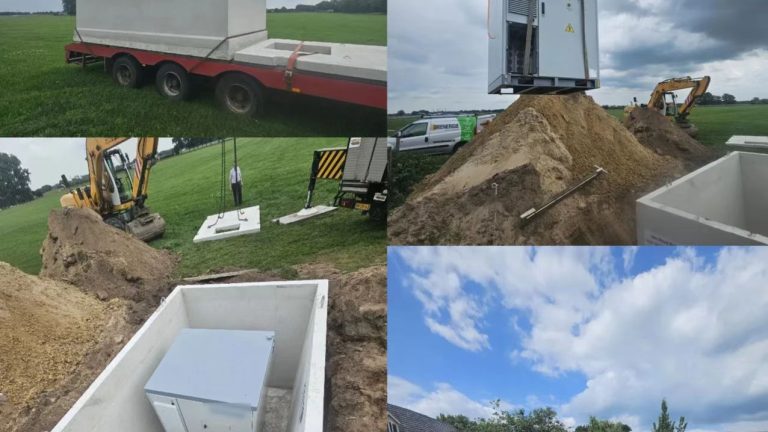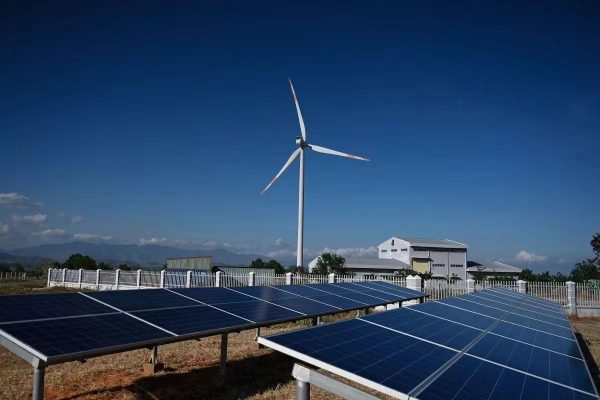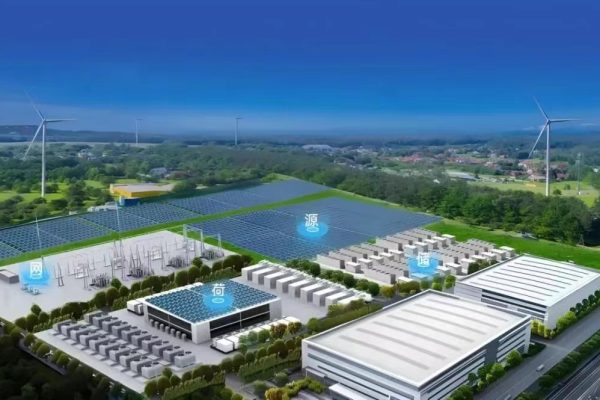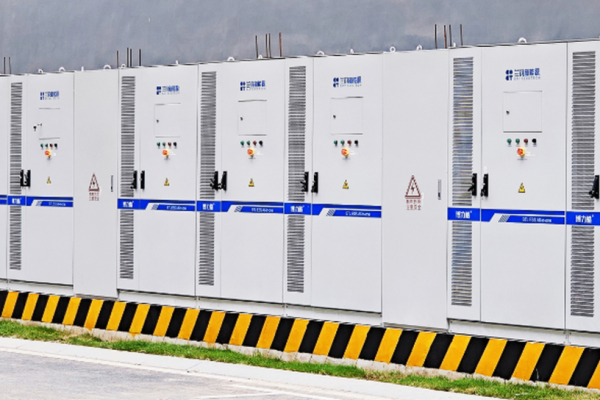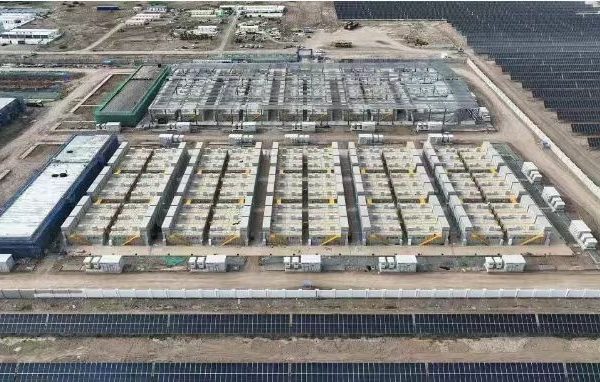Practical Guidelines for Compact, Flexible, and Efficient Energy Storage
1. Why Mobile and Tiny Homes Need Special ESS Design
Energy storage systems (ESS) for mobile homes, RVs, caravans, and tiny houses face unique challenges:
- Space is limited – Every cubic centimeter matters.
- Weight is critical – Especially for road-legal limits.
- Variable energy demand – Seasonal and location-based changes in use.
- Mobility and vibration – The system must survive bumps, shocks, and tilts.
Designing for these conditions requires a balance between performance, safety, and portability — not just scaling down a residential ESS.
2. Step One: Understand the Power Profile
Before picking batteries or inverters, define:
- Average daily load (kWh/day) – Appliances, lighting, and charging needs.
- Peak power (kW) – High-demand devices like kettles, AC, or microwaves.
- Seasonal use cases – Heating in winter vs. cooling in summer.
Example:
A mobile café van may need low daily energy but very high peak load for coffee machines.
3. Step Two: Choose the Right Battery Chemistry
For mobile/tiny applications, the main contenders are:
| Chemistry | Pros | Cons |
|---|---|---|
| LiFePO₄ | Long cycle life, safe, good energy density | Slightly heavier than NMC |
| NMC | Higher energy density, lighter | Shorter cycle life, more heat sensitivity |
| AGM/GEL Lead-Acid | Low upfront cost, easy to replace | Heavy, low usable capacity (~50%) |
Tip: If budget allows, LiFePO₄ is the best long-term choice for mobility + safety.
4. Step Three: Design for Weight and Space
- Use modular battery packs that can be installed under benches, in storage compartments, or even in the vehicle chassis.
- Keep the battery + inverter + control electronics in one cabinet for ease of installation.
- Select a compact hybrid inverter that combines PV, battery, and AC input in one unit.
Rule of thumb: Keep total ESS weight under 20–25% of the mobile home’s gross weight capacity.
5. Step Four: Handle Multiple Charging Sources
Mobile and tiny homes may have:
- PV panels (roof or portable fold-out)
- Shore power (grid connection at campsites)
- Alternator charging (from vehicle engine)
- Generator input (for off-grid emergencies)
Design the ESS to seamlessly switch between these sources with minimal downtime. Look for an inverter/charger with auto-transfer and multiple DC input options.
6. Step Five: Safety in Motion
When designing for a moving home:
- Use vibration-resistant battery mounts.
- Include short-circuit and over-temperature protection at both DC and AC sides.
- Opt for sealed batteries to avoid leaks.
- Ensure all wiring is marine- or RV-grade for abrasion and moisture resistance.
7. Step Six: Smart Energy Management
Space and energy limitations make load prioritization essential.
- Install an Energy Management System (EMS) to monitor SOC (State of Charge).
- Set load shedding rules for non-critical devices when battery drops below a set level.
- Consider remote monitoring for fleet or rental operations.
8. Think Integration, Not Just Components
A well-designed ESS for mobile or tiny homes isn’t just smaller — it’s smarter, lighter, and more adaptable. The key is to integrate battery chemistry, inverter selection, and charging flexibility into one compact, robust solution that can handle life on the move.
Whether for a single off-grid cabin or a fleet of mobile service vans, the principles remain the same: maximize usable energy, protect the system from motion-related stress, and keep it easy to maintain.





